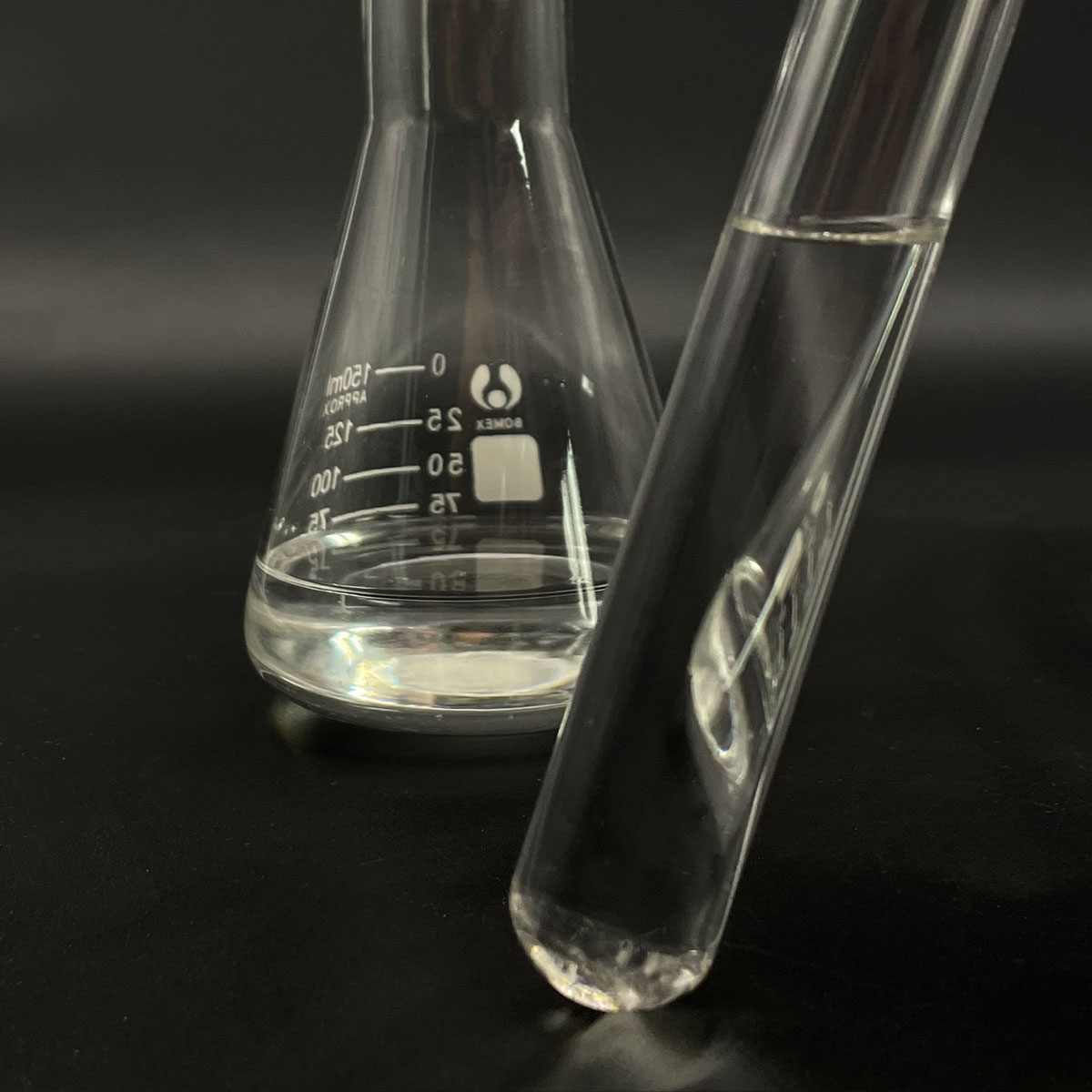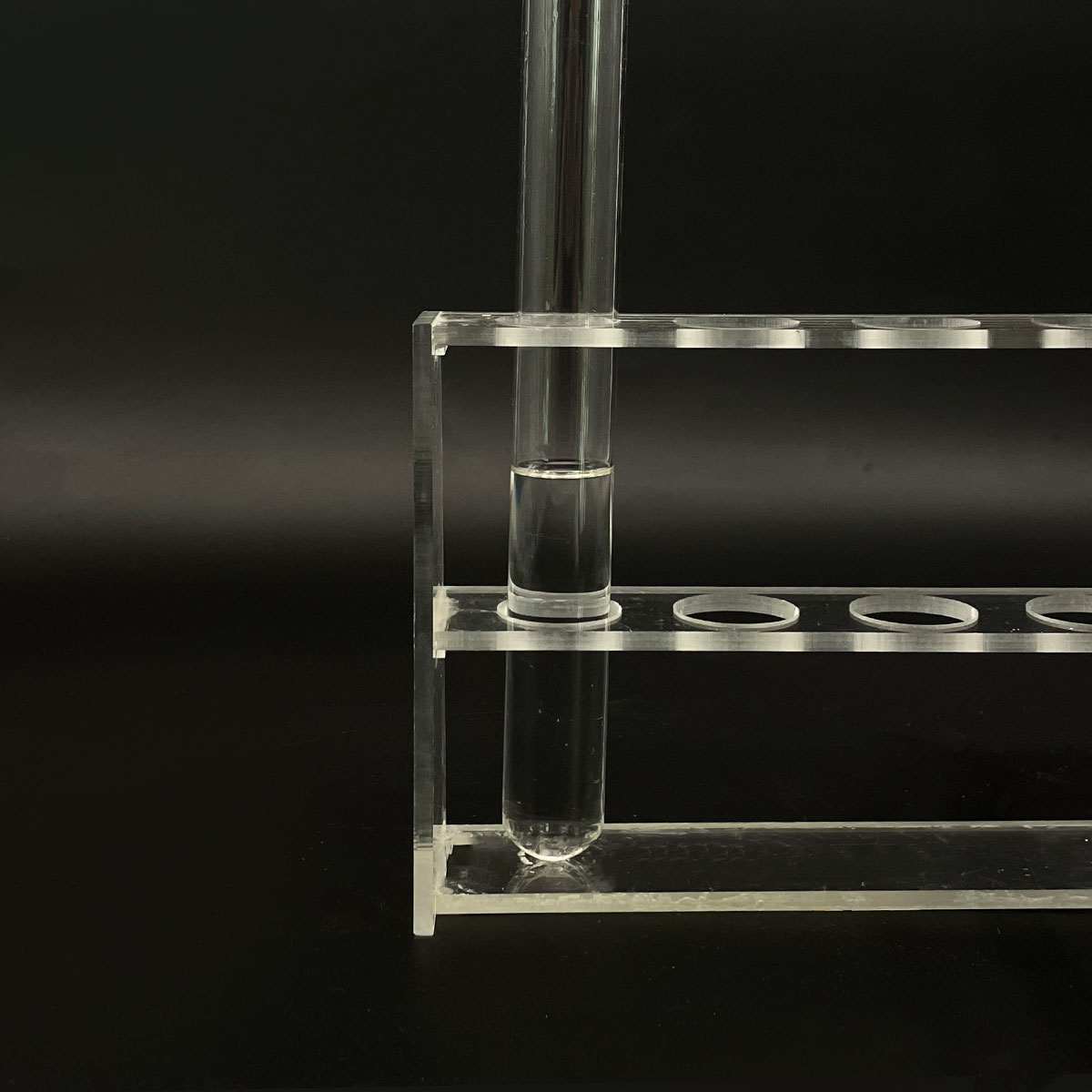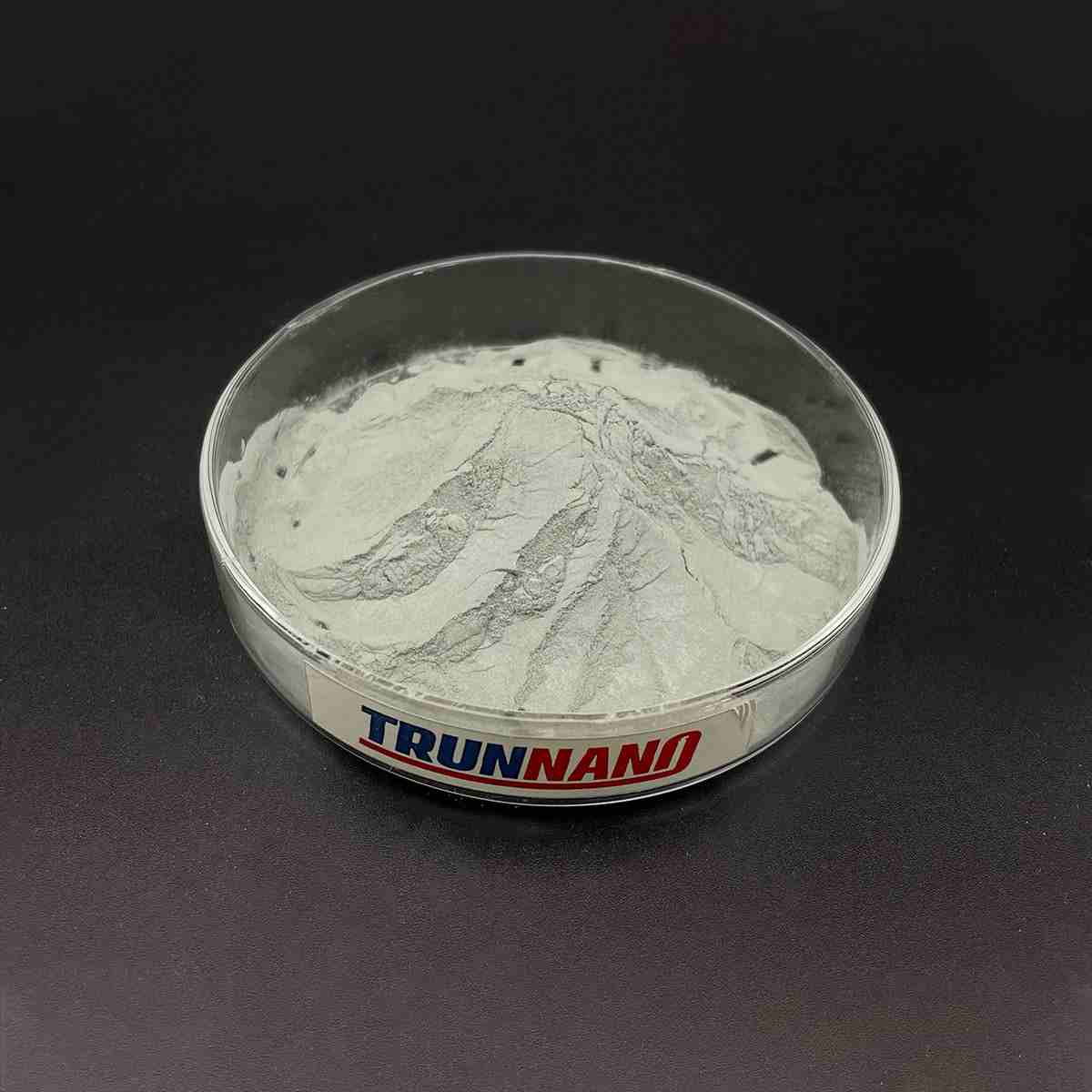Overview of 99.99% Zinc telluride/Zinc monotelluride cas 1315-11-3
Telluride and selenide compounds play a significant role in the field of semiconductors, particularly in the development of advanced electronic and optoelectronic devices. These materials belong to the chalcogenide family, characterized by their ability to form compounds with elements from groups IV-VI in the periodic table.
Tellurides: Compounds containing tellurium (Te) as the chalcogen. Examples include cadmium telluride (CdTe), mercury telluride (HgTe), and zinc telluride (ZnTe). These materials have found applications in solar cells, infrared detectors, and high-speed electronics due to their tunable bandgap, high electron mobility, and good thermal stability.
Selenides: Similar to tellurides, but with selenium (Se) replacing tellurium. Notable examples are cadmium selenide (CdSe), gallium selenide (GaSe), and zinc selenide (ZnSe). Selenide compounds are widely used in light-emitting diodes (LEDs), laser diodes, and solar cells due to their direct bandgap properties and efficient light absorption/emission capabilities.
Feature of 99.99% Zinc telluride/Zinc monotelluride cas 1315-11-3
Direct Bandgap: Many telluride and selenide semiconductors have direct bandgaps, which facilitate efficient light emission and absorption processes. This makes them suitable for optoelectronic applications such as LEDs and lasers.
Tunable Bandgap: The bandgap of these materials can be adjusted by alloying or altering the composition (e.g., CdSe to CdTe), enabling customization for specific device requirements across a wide spectrum of wavelengths.
High Electron Mobility: Materials like HgCdTe exhibit high electron mobility, which is crucial for high-speed electronic devices and low-noise detector applications.
Thermal Stability: Some tellurides and selenides, like ZnTe and ZnSe, demonstrate good thermal stability, making them suitable for high-temperature operation and processing.
Non-Toxic Alternatives: With increasing environmental concerns, there’s a push towards exploring less toxic alternatives to commonly used semiconductors. For instance, Cd-based tellurides and selenides are being replaced or combined with less toxic elements like Mg or Mn in some applications.

(99.99% Zinc telluride/Zinc monotelluride cas 1315-11-3)
Parameters of 99.99% Zinc telluride/Zinc monotelluride cas 1315-11-3
Zinc telluride, also known as zinc monotelluride, is a chemical compound with the chemical formula ZnTe and the CAS number 1315-11-3. This fascinating inorganic substance belongs to the group of binary compounds, which consist of two elements, in this case, zinc (Zn) and tellurium (Te). Tellurium, a rare and lustrous element, is found naturally in the Earth’s crust and is often associated with its golden-yellow color.
Zinc telluride holds significance due to its unique properties that make it suitable for various applications across different industries. It is a semiconductor material, meaning it exhibits electrical conductivity between that of an insulator and a conductor, depending on the temperature and impurities present. This property makes it highly sought after in electronic devices, particularly in optoelectronics, where it is used to create photodiodes, solar cells, and infrared detectors.
One of the key features of zinc telluride is its high transparency in the infrared region of the electromagnetic spectrum. This property allows it to be utilized in thermal imaging systems, where it serves as a detector element. Additionally, its ability to absorb and emit light at specific wavelengths makes it useful in optical filters and wavelength-selective coatings.
In the field of optoelectronics, zinc telluride is also employed in laser diodes, phosphors for fluorescent lighting, and even in quantum cascade lasers, which operate at terahertz frequencies. Its piezoelectric properties, meaning it generates an electric charge in response to mechanical stress, find applications in sensors and actuators.
From a structural standpoint, zinc telluride is a crystalline solid with a zinc blende structure, similar to that of diamond. It has a high melting point, around 728°C (1,342°F), which contributes to its stability and durability in various operating conditions. However, it is brittle and can fracture easily under mechanical stress.
Environmental stability is another important aspect of zinc telluride, as it is resistant to corrosion and degradation, making it suitable for outdoor applications or in harsh environments. It is also biocompatible, making it a potential candidate for use in medical implants and devices.
Despite its numerous advantages, zinc telluride has some limitations. For instance, its synthesis can be challenging due to the reactivity of tellurium, and handling it requires proper safety precautions. Furthermore, the cost of tellurium, being a scarce element, can impact the overall production economics.
In summary, zinc telluride, with its CAS number 1315-11-3, is a versatile semiconductor material with exceptional optical and piezoelectric properties. Its applications span from optoelectronics to sensing technologies, thanks to its unique combination of characteristics. As research and technology continue to advance, zinc telluride’s potential for innovation and integration into new applications will likely grow.

(99.99% Zinc telluride/Zinc monotelluride cas 1315-11-3)
FAQ of Semiconductor Materials
Inquiry us






